
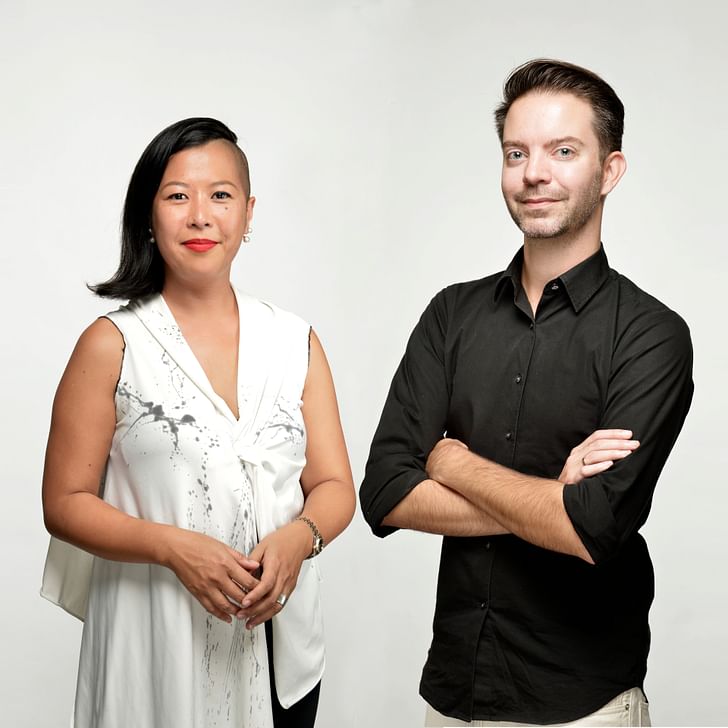
Operating as a networked outfit with offices in Brooklyn, New Orleans, and the Philippines, ALAO-founders Aya Maceda and James Carse and their team strive to create architecture that goes beyond four walls and a roof. Creating generous spaces filled with light as well as buildings that often work to advance social goals, the designers strive, as Maceda explains, to "work intimately with [the] clients and communities we serve" to produce human-centered designs. To which Carse adds, "Rather than seek a specific project-type we are always seeking clients and collaborators who are open to the idea that the legacy of an architectural project should be established by how it serves and inspires the community."
For our latest Studio Snapshot, we caught up with Maceda and Carse to learn more about how their office has navigated the first months of the COVID-19 pandemic, how the firm is approaching acquiring new projects, and what they look for when adding to their team.
Where and when did your studio start?
AM: The studio was founded as actLAB in 2013 with the mission of creating a collaborative, multi-disciplinary office that allowed us to work within the multiple facets of architecture: design, research, and social advocacy. The first five years focused on this mission that allowed us to invest in thinking; research; exhibitions; conducting design workshops; and community engagement while embarking on small architecture projects. In 2018, ALAO (actLAB architecture office) was established to apply this thinking into larger architectural, planning, and urban design projects.
We believe that a humanist office culture engenders humanist design.
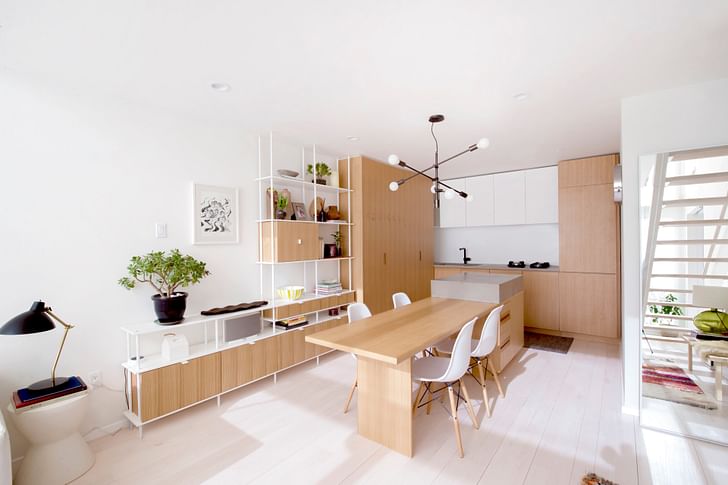

How many people work at the company?
AM: Six based in New York, three in New Orleans, and one in the Philippines.
How would you describe the nature of your practice in terms of specialization and/or market / project focus?
AM: We believe that a humanist office culture engenders humanist design. We like to work intimately with clients and communities we serve. Our approach and attitude lends itself to bespoke projects where relationship building is the key, such as residences; art and media collective studios; projects that require a unique identity; community spaces; vision planning for new communities; master planning; and community-led revitalization plans.
JC: It is our practice to look beyond the traditional brief to really understand our clients and the context in which each project sits. We recognize that the places we design are the backdrops and the infrastructure that can support a more equitable, sustainable, and joyful future. Rather than seek a specific project-type we are always seeking clients and collaborators who are open to the idea that the legacy of an architectural project should be established by how it serves and inspires the community.
It is our practice to look beyond the traditional brief to really understand our clients and the context in which each project sits.
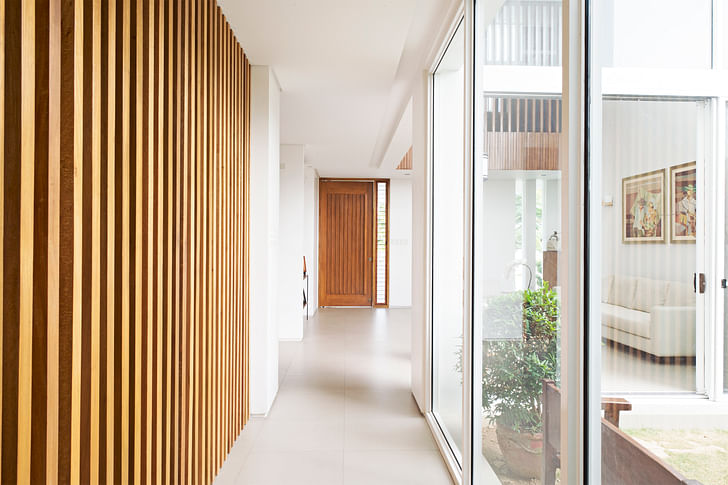
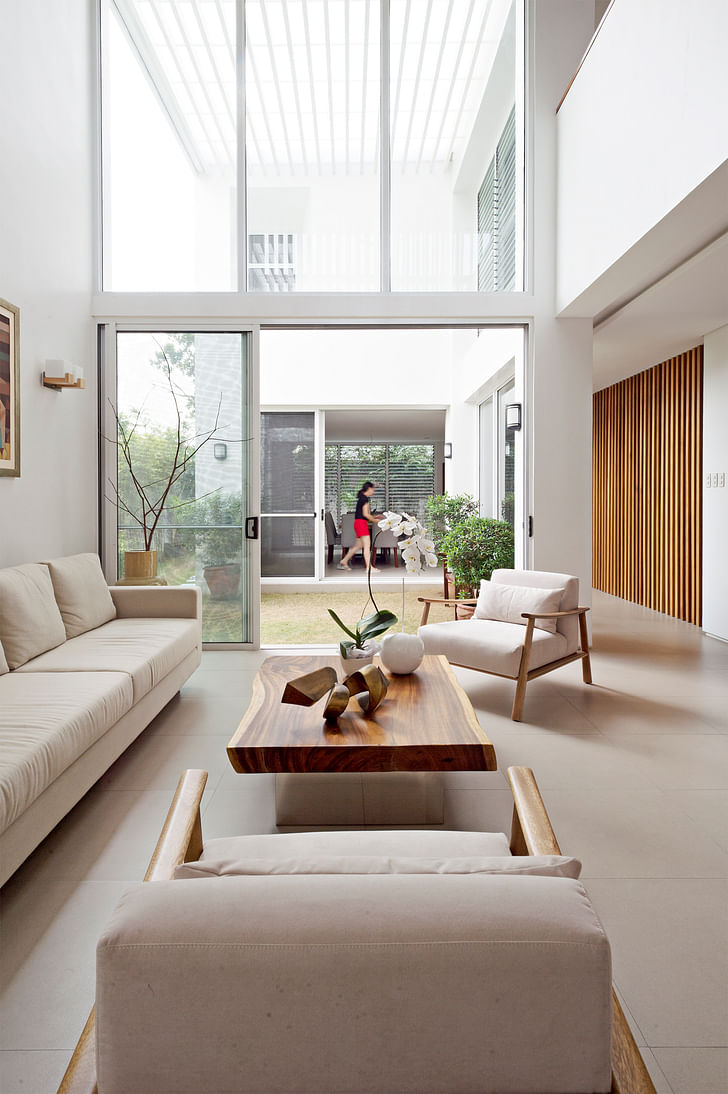
How has your practice shifted in response to the COVID-19 pandemic on a day-to-day level?
AM: We have continued working remotely throughout the pandemic. Other than construction sites being shut down temporarily, we had very little interruptions to our design and documentation processes. As an inclusive practice that works out of two offices and with projects around the globe, we set up systems early in the practice’s formation that allowed for our team to collaborate remotely. These include remote access to our server and software licenses, as well as video conferencing and the integration of digital mark-up tools.
As an inclusive practice that works out of two offices and with projects around the globe, we set up systems early in the practice’s formation that allowed for our team to collaborate remotely.
The first two projects of the studio were in Australia and the Philippines, which required me to fly back and work there for extended periods of time while keeping in touch with our team back in the US. Our New York and New Orleans offices work collaboratively on projects and we are comfortable with digital workflows. In practice, our office already had supported mothers in our office to work from home part-time, we have just expanded that practice to include our entire team.
JC: In practice, our offices have only felt minor adjustments: weekly outlines that identify our target goals by project and team member, coordination between team members who might need the physical office space on a given day for a meeting or to build a model, and a little patience – understanding that for many in our team we are now co-sharing a new home-office space with our partners and families. 
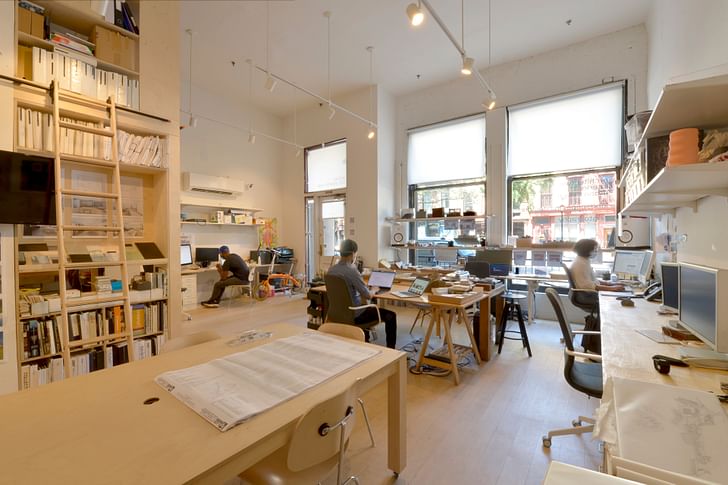
Do you anticipate returning to your office once the stay-at-home orders are lifted?
AM: At the end of the day, our studio community is a source of joy for us. We have a positive work atmosphere and everyone has expressed the desire to come back to our physical space. We are returning to our office very cautiously.
JC: We have empowered each member of our team to decide when the moment to return is right for them. We understand that just because someone is comfortable on day one or day 20 does not mean that they will be comfortable on day 19. We will remain flexible in our approach because we need our team to be focused on addressing the needs of the projects not distracted by concerns over their personal health and the agency they have over their own health outcomes.
We are returning to our office very cautiously.
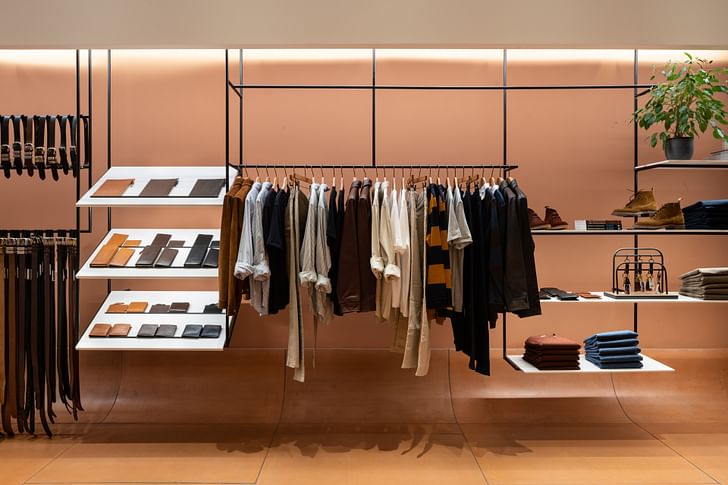
What sorts of design changes do you anticipate making to your physical office setup if / when you return?
AM: We have given everyone the option to continue working from home. I live above our Brooklyn studio, so I’ve been coming in and opening our windows. I think it’s important for our community to see that small businesses are still open. We have no more than three people at a time and we have all spread out our workstations about a minimum of 10’ from each other. We sanitize upon entry, wash hands constantly, and wear masks while we are indoors. Construction sites have reopened, so we use masks / respirators if needed, and gloves when going to site.
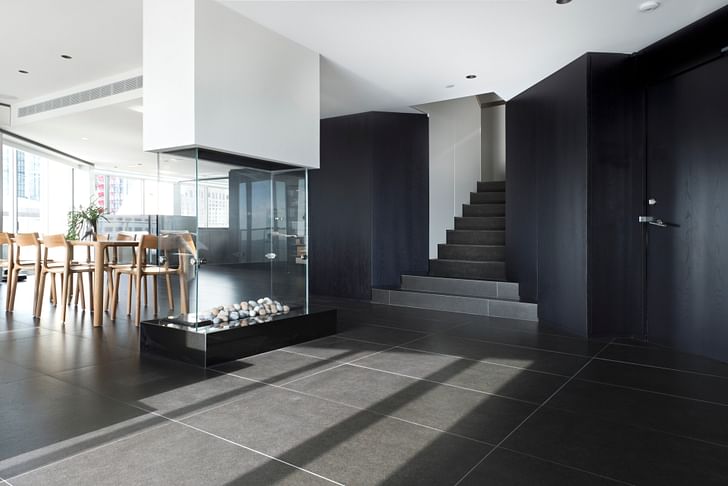

Will your work-from-home policies be extended permanently after it is safe to return to the office?
AM: Yes for sure. We have some staff who have left the city temporarily and parents who need to continue work from home.
I live above our Brooklyn studio, so I’ve been coming in and opening our windows. I think it’s important for our community to see that small businesses are still open. We have no more than three people at a time and we have all spread out our workstations about a minimum of 10’ from each other.

What are you currently working on?
AM: We are currently working on some bespoke residences in Manhattan, Long Island, Upstate New York, New Orleans, Hawaii and Australia; Vision Planning for the Carver Theater District, a 70,000 square foot mixed-use development in New Orleans’ historic Treme neighbourhood; and the Master Plan of a new community in the Philippines complete with the design of a Filipino Art Museum, Church, Commercial District and Boutique Hotel.
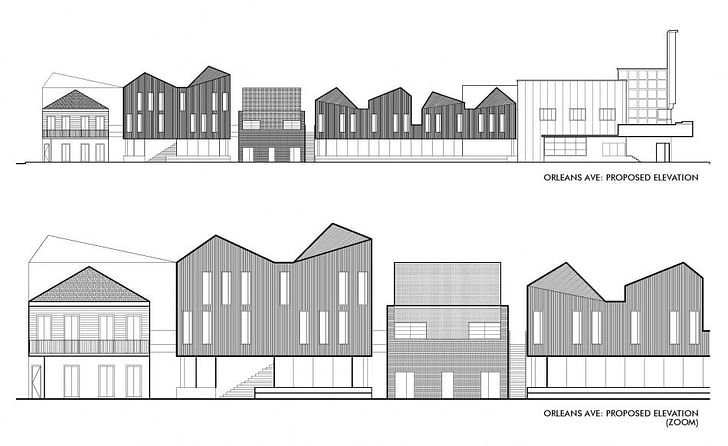

What is your approach for getting new projects at the moment?
AM: So far, we have always gotten all our new work through referrals and through building relationships in cities James and I have lived and worked in. For now, we are hoping to get a few recently completed projects published and actively sending out proposals.
So far, we have always gotten all our new work through referrals and through building relationships in cities James and I have lived and worked in.
JC: In addition, we are identifying projects, ideas, and sites where we believe an opportunity exists for a specific client, program, or organization – typically from our existing contact list. From there, we hope to develop the project brief collaboratively with that group and work together from project inception through construction.
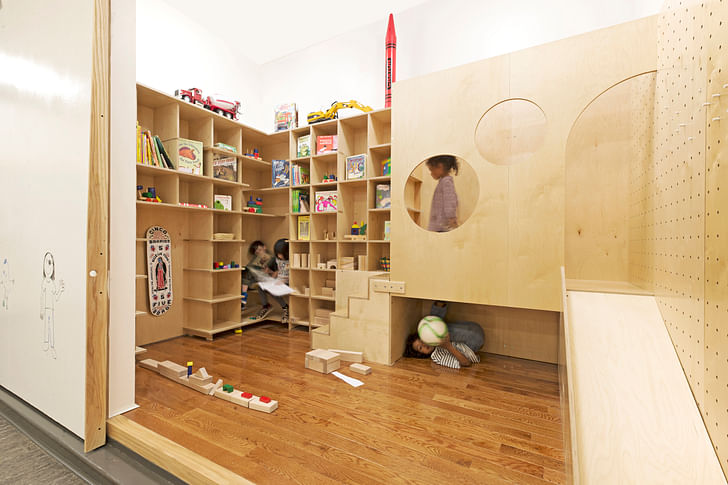
What are you looking for (skill sets, qualities, capacities,etc.) in potential new hires?
AM: We are always looking for talented people who can work in different scales of projects and tasks - design, think in detail, and communicate well. ArchiCAD proficiency is a plus.
JC: I look for team members (and collaborators) that aspire to deliver a service to the community through the act of architecture. Individuals who have the patience and rigor to unpack the brief, question their personal preconceptions along with those of the client, and are capable of developing new design tools that can help synthesize a project vision rooted in context, culture, and the community at-large. It also doesn’t hurt if you can draw.
Antonio is a Los Angeles-based writer, designer, and preservationist. He completed the M.Arch I and Master of Preservation Studies programs at Tulane University in 2014, and earned a Bachelor of Arts in Architecture from Washington University in St. Louis in 2010. Antonio has written extensively ...
No Comments
Block this user
Are you sure you want to block this user and hide all related comments throughout the site?
Archinect
This is your first comment on Archinect. Your comment will be visible once approved.